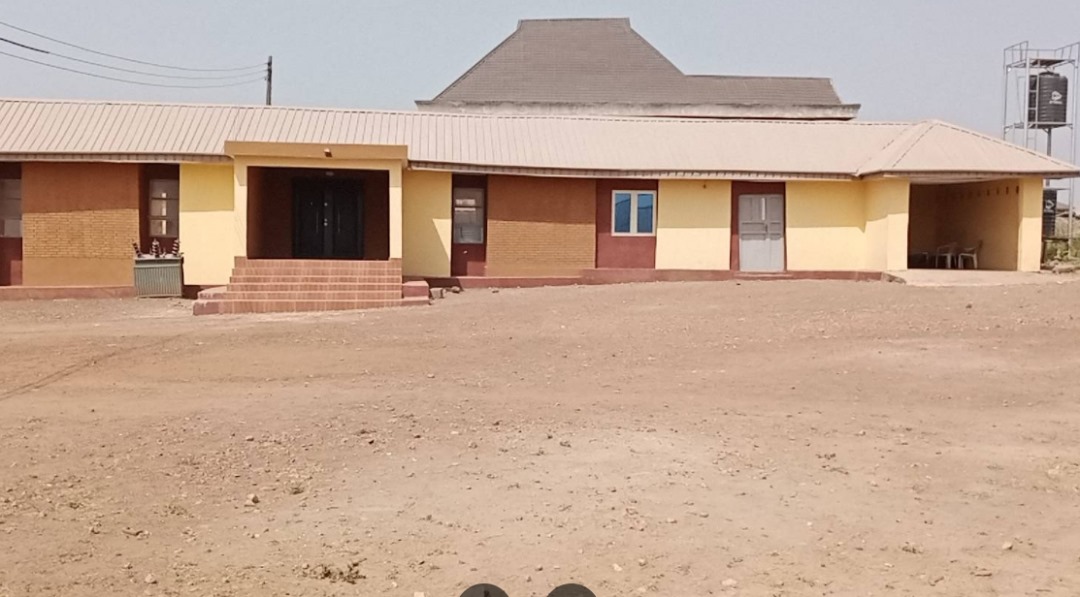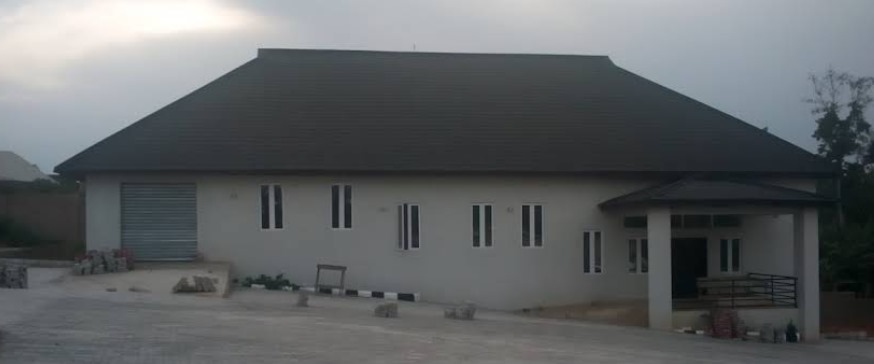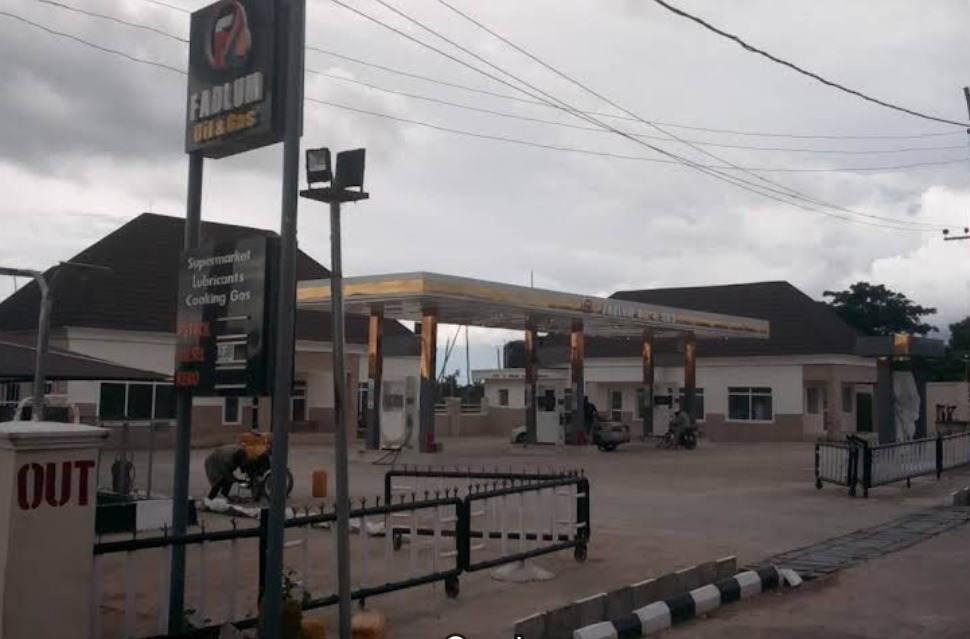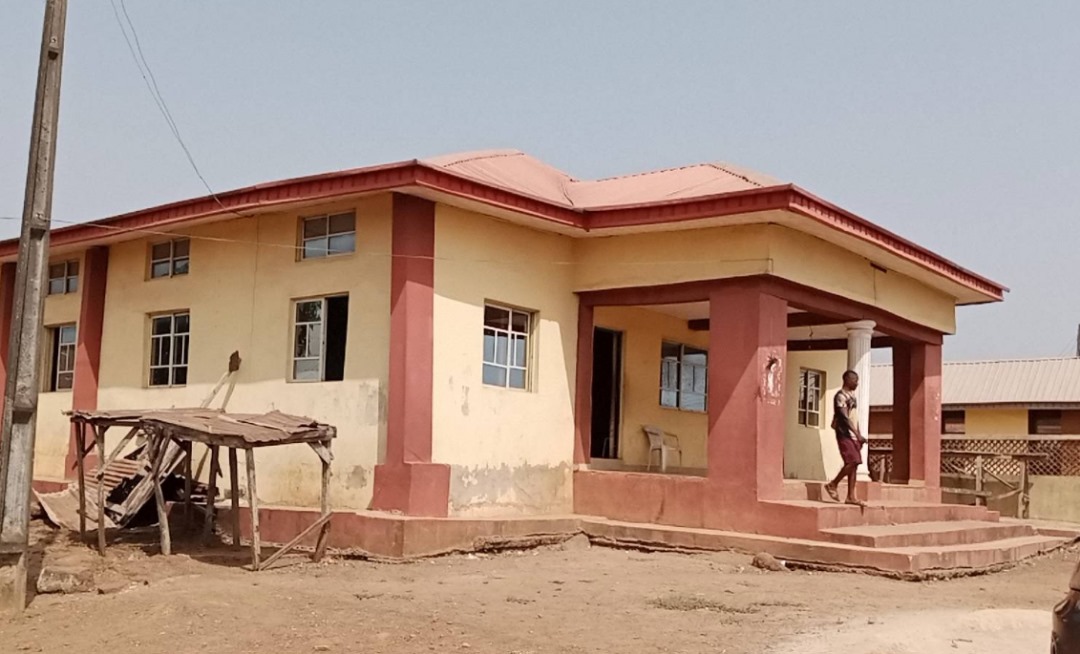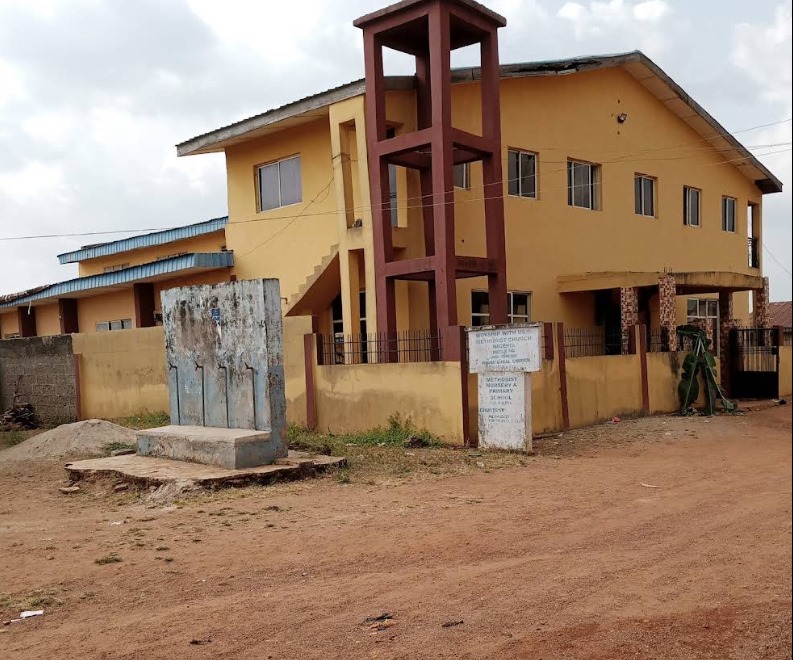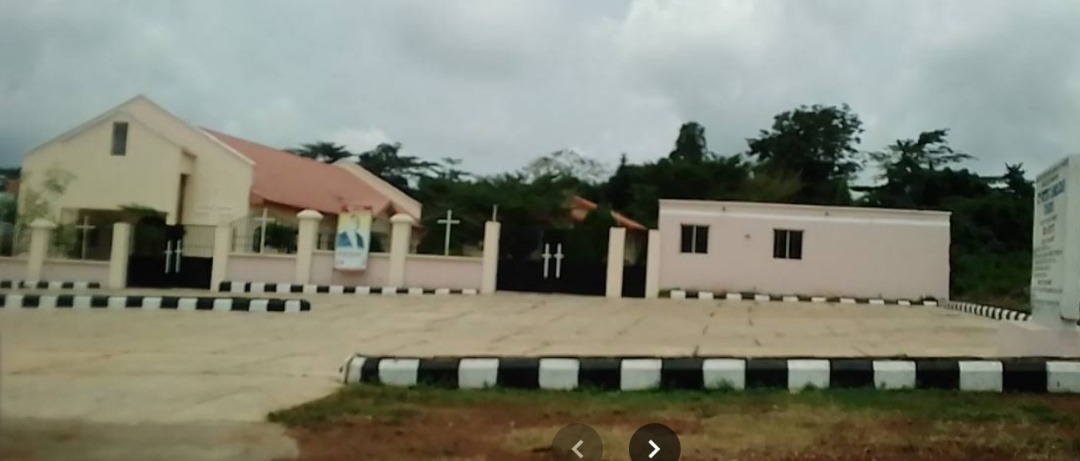Ancient Foundations
Osi-Ekiti, Fully as "Osi Asise" is one of the ancient towns in Ekiti State, Nigeria. Founded centuries ago about 1240 AD by a man called Ogunmegbokanle who hails from Akodi Ile-Otutu in ILE-IFE..... Please Contact the Palace for the complete History. The town has maintained its rich cultural heritage and traditional governance system through generations. The community is renowned for its deep-rooted customs, Christianity, and the preservation of Yoruba cultural values.
The town's strategic location in the heart of Ekiti land made it a significant center for trade, agriculture, and cultural exchange. Over the centuries, Osi-Ekiti has been home to notable traditional rulers, scholars, and community leaders who have contributed to the development of not just the local community, but the entire Ekiti region.
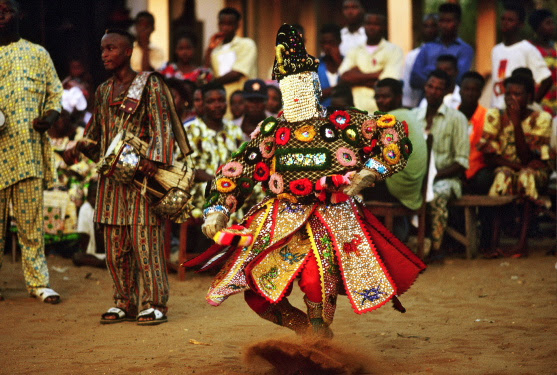
.jpeg)
.jpeg)
